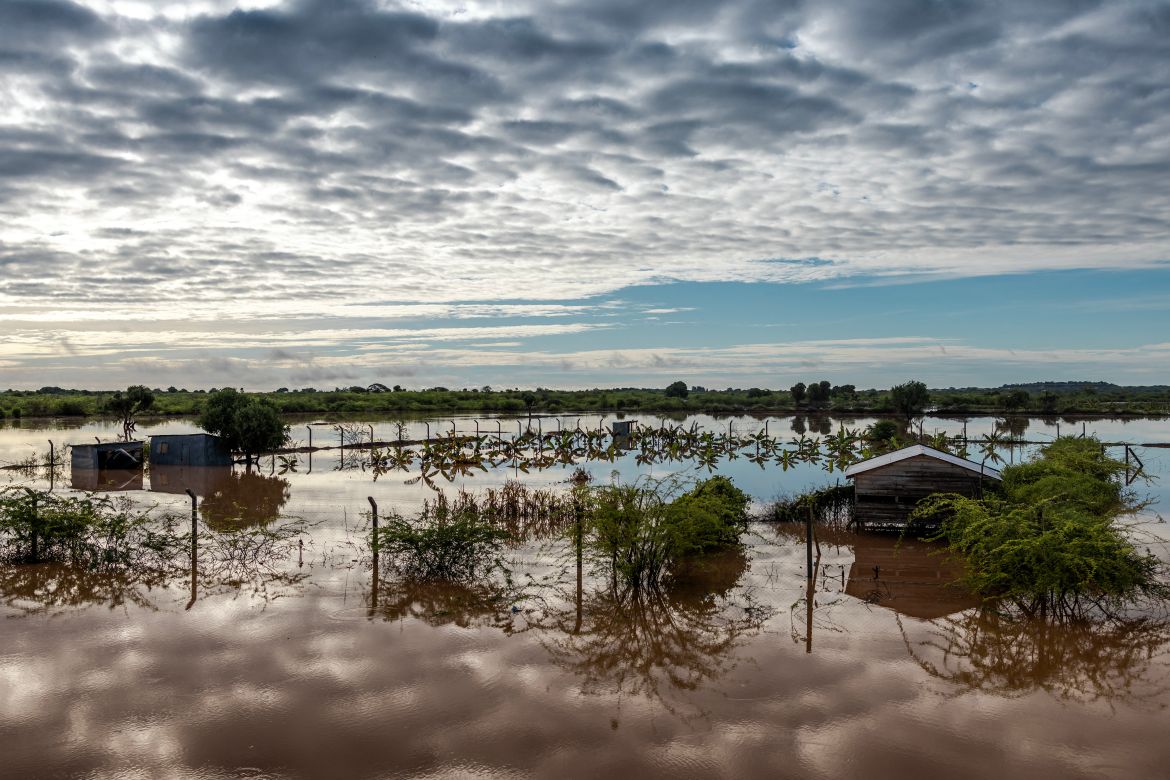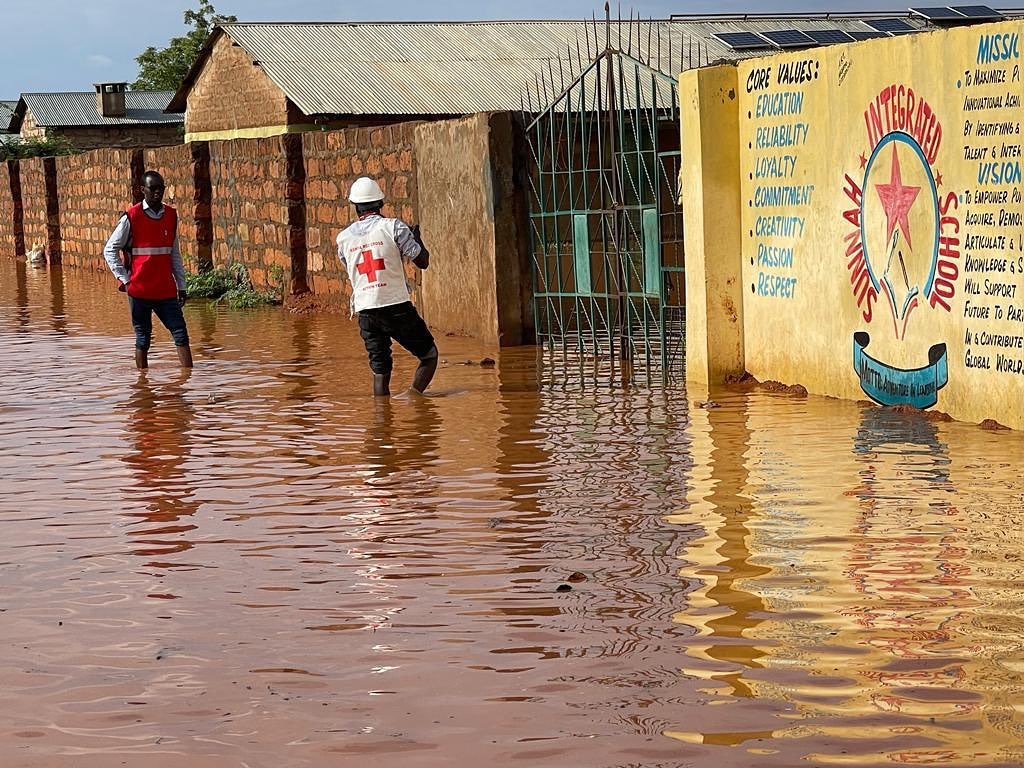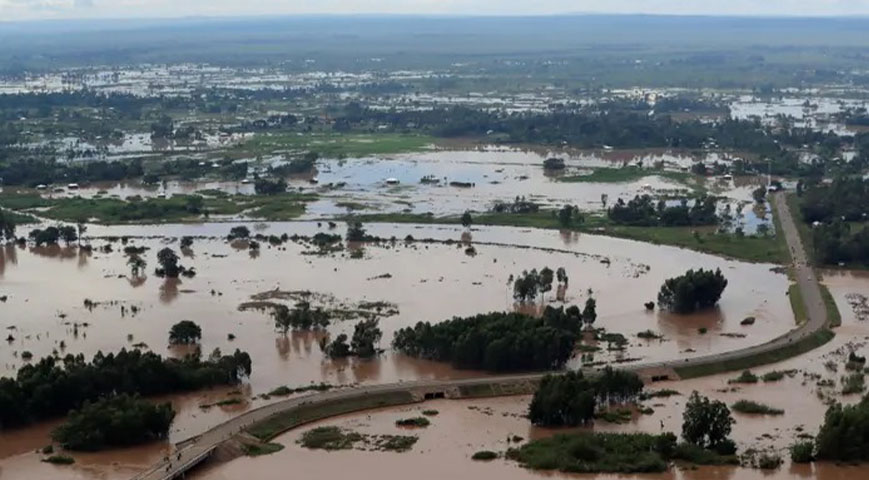The Scottish government has pledged Ksh.48 million to assist communities in Kenya's Arid and Semi-Arid Land (ASAL) regions impacted by climate change.
The three-month award, which will begin in January 2024, was announced by Oxfam International Interim Country Director Sebastian Tiah during the COP28 conference in Dubai.

“For years, communities across Kenya have been pushed to the brink by a climate crisis they did little to cause, facing prolonged, deadly, climate-induced drought and flash floods. The Scottish government's funding for Kenya, and other countries facing the irreversible impacts of climate change, is welcome recognition of this injustice,” said Tiah.
Tiah further stated that the award will be implemented in partnership with the Arid and Semi-Arid Lands Humanitarian Network (AHN), a local partner organization.
.jpg)
Furthermore, the Oxfam director stated that the funds would be used to repair important water systems destroyed by misuse during droughts or conflicts in Isiolo and Samburu counties.
According to ANH convener Ahmed Ibrahim, the award would address further economic losses and harms to households through community-managed group cash transfers.
“We are glad this funding has come at a time when coping capability of communities in the Kenyan ASAL regions have been stretched beyond limit because of the cyclic shocks caused by climate change, it is a grant in the nick of time,” said Ibrahim.

“We hope that more countries will heed our appeal for loss and damage funding and commit more resources to supporting climate-impacted communities whose numbers keep growing in the face of myriad challenges resulting from climate extremes of both flood and drought.”
This comes while Kenya is dealing with floods caused by the El Nio phenomenon, which has resulted in a wetter-than-average rainy season.
The government announced on Tuesday that the mortality toll from the El Nino floods had grown to 160, with an additional 529,120 people displaced from 105,824 dwellings.









